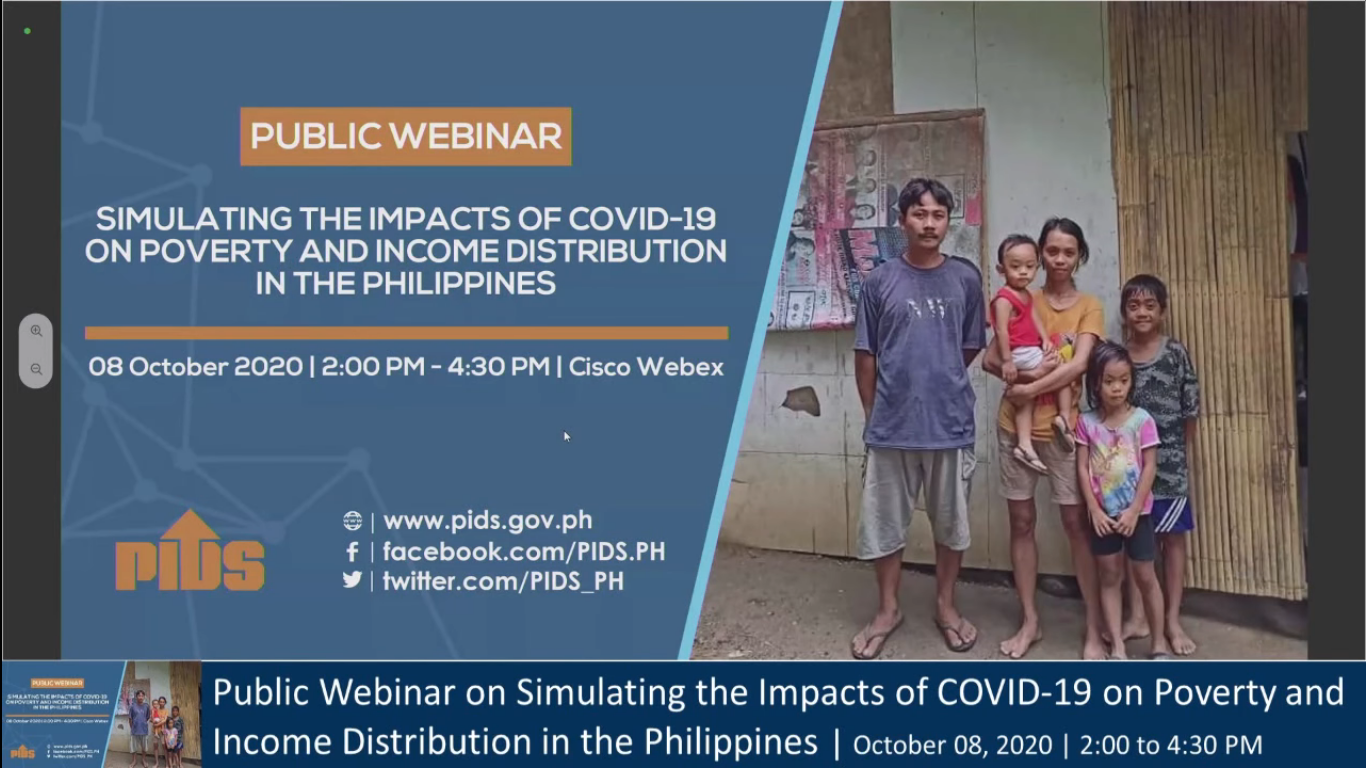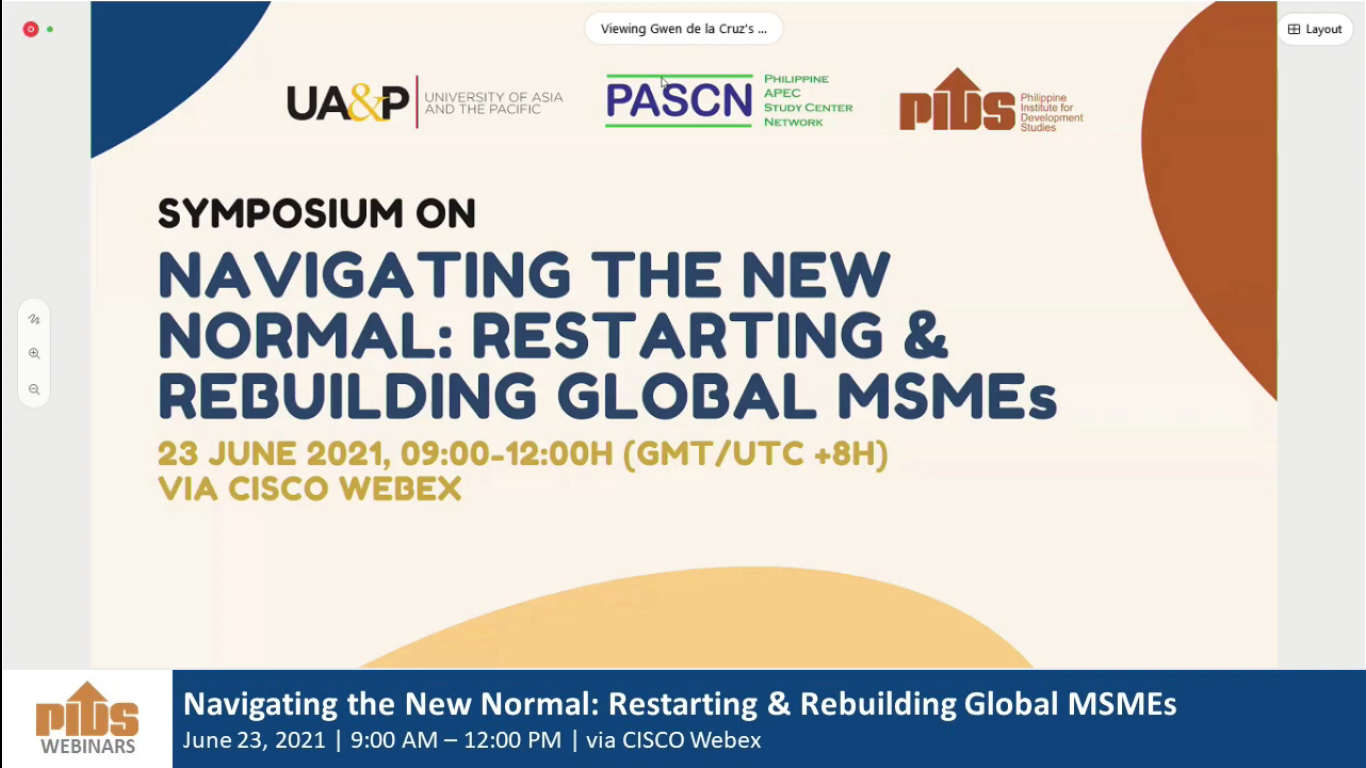The government must oversee the preparation of the multidimensional poverty index (MPI) to ensure funding and regularity for such data collection efforts, according to the Philippine Statistics Authority (PSA).
National Statistician Lisa Grace S. Bersales recently told reporters that allowing think tanks to come up with their own MPI may not be feasible considering that they may not have a regular source of funding.
Bersales said the MPI is an important tool to monitor the situation of poverty in the Philippines. This will focus on “deprivations” which will help the government determine how its resources are affecting the lives of ordinary Filipinos.
“Think tanks, they don’t have assurance of budget. The government, as long as PSA is able to convince the DBM [Department of Budget and Management] to provide the budget, there is an assurance of a budget. That is the advantage if it is [the] PSA that will do the MPI report,” Bersales said.
Bersales also said creating an MPI will not be a source of confusion for the public. Poverty statistics data, which is collected every three years, will reveal income poverty information while MPI will focus on deprivations according to education, health, housing and employment.
The MPI, she said, will also be collected annually and will be based on the Annual Poverty Indicators Survey (Apis) regularly conducted by the PSA on non-Family Income and Expenditure Survey (FIES) years.
Eventually, Bersales said, the PSA would like to include more dimensions to the MPI, such as insurance coverage, once it is able to get access to better information on this. She said the PSA would like to improve the MPI further without introducing “survey fatigue” on respondents.
“I don’t believe there will be confusion because the MPI, although it will report on the incidence of multidimensionally poor, the focus of the MPI report is more on deprivations. So every year the PSA will say, where are Filipino families most deprived in?” Bersales said.
“This information is helpful to the government so [officials] would know if the budget for education is still enough or with a big budget in education why is it that half of Filipino families do not even have a high-school graduate?” she added.
Earlier, in a study titled “Poverty is Multidimensional: But Do We Really Need a Multidimensional Poverty Index?,” Philippine Institute for Development Studies (PIDS) Senior Research Fellow Jose Ramon G. Albert and Research Assistant Jana Flor V. Vizmanos said coming up with an MPI would be better left to think tanks and other research institutions to avoid any confusion with the PSA’s poverty estimates.
Also, Albert and Vizmanos said the current MPI dimensions were insufficient. They said some indicators, such as the experience of hunger and noncoverage of health insurance, to determine extent of poverty in the country may be included.
In November, the PSA released the results from its initial run of the MPI, which has yet to be approved by the PSA Board.
n its initial methodology, the PSA, an attached agency of the National Economic and Development Authority (Neda), identified 13 indicators across the following four dimensions namely: education; health and nutrition; housing, water and sanitation; and, employment.
The Neda explained that the MPI, which has already been adopted by several countries in the world, captures the multiple deprivations that each person experiences, in relation to education, health and living standards.












